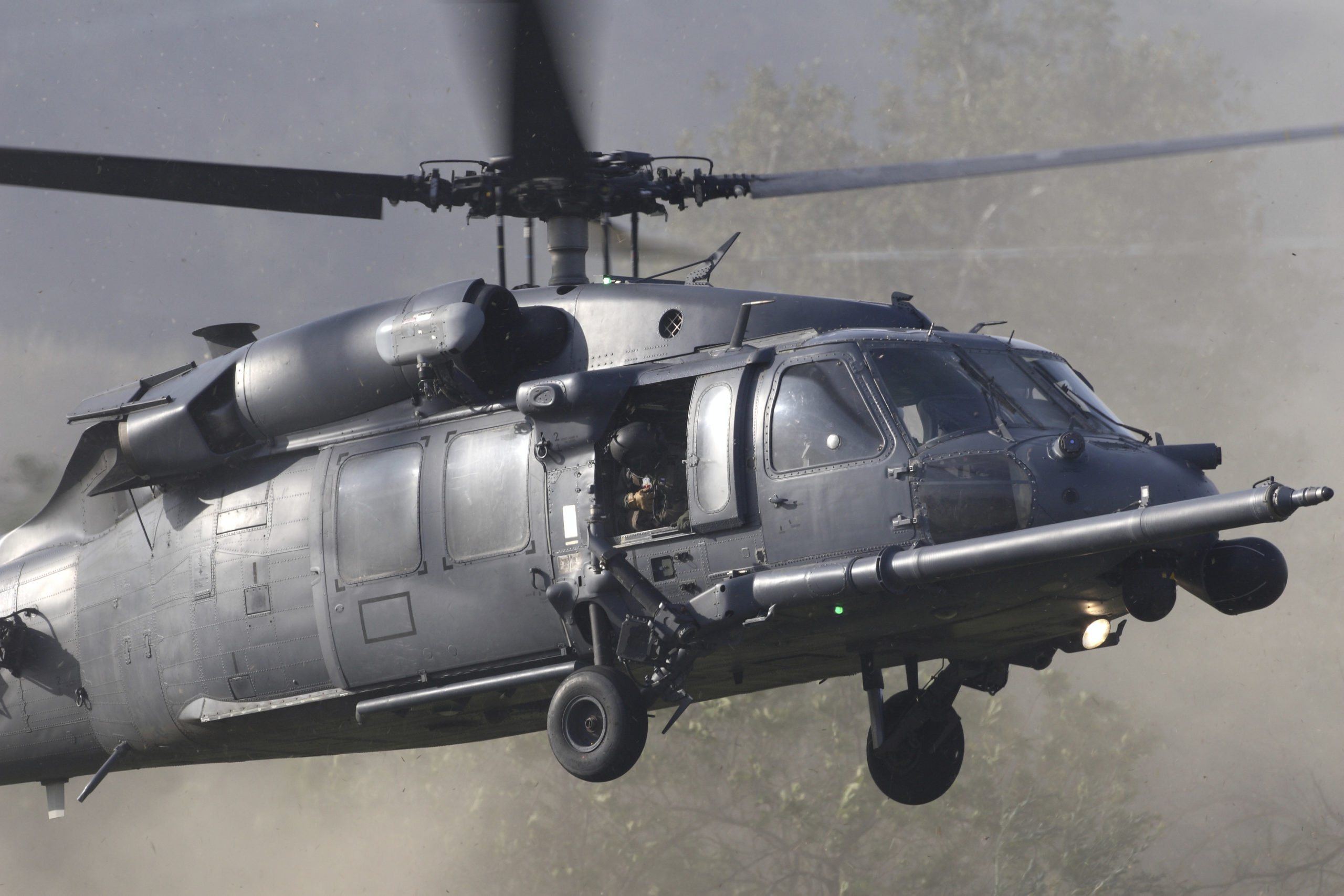The UH 60 Black Hawk: Versatility and Performance in Military Aviation
The UH 60 Black Hawk: Versatility and Performance in Military Aviation
Blog Article
Every Little Thing You Required to Find Out About the UH 60 Helicopter
The UH-60 helicopter, a foundation of United state Military air travel considering that its launching in 1979, represents an exceptional blend of design and functional flexibility. As armed forces requirements evolve, so too does the helicopter, with recurring improvements aimed at boosting its capacities and integrating modern-day technologies.
History of the UH-60
Developed in the late 1970s, the UH-60 Black Hawk helicopter emerged as a reaction to the united state Military's requirement for a versatile utility helicopter that might execute a range of missions under difficult problems. The motivation for its layout was the imperfections determined in the earlier helicopters utilized during the Vietnam War, especially in terms of maneuverability, survivability, and rate.
The Black Hawk was created by Sikorsky Aircraft, integrating sophisticated modern technologies and products to boost its efficiency and resilience. It was formally presented right into solution in 1979, swiftly becoming an essential asset for military operations - uh 60. Its capacity to move soldiers, clinical emptying, and logistical support in both fight and altruistic objectives made the Black Hawk an invaluable component of the united state Army's aviation fleet
Throughout the years, the UH-60 has been constantly upgraded, adapting to the changing nature of warfare and the advancing needs of contemporary armed forces operations. Its operational history includes participation in significant conflicts, peacekeeping missions, and calamity alleviation initiatives, strengthening its online reputation as a reliable and trusted helicopter in numerous atmospheres worldwide.

Design and Specifications
The design of the UH-60 Black Hawk helicopter consistently mirrors a commitment to functional effectiveness and flexibility. Created by Sikorsky Aircraft, this medium-lift energy helicopter includes a sleek, wind resistant body that improves rate and maneuverability. Its tandem rotor system, identified by 2 counter-rotating blades, minimizes resonance and enhances lift ability, allowing for more secure operations in diverse atmospheres.
The UH-60 is powered by two T700-GE-701C turboshaft engines, supplying a maximum speed of around 180 knots and a variety of around 400 maritime miles. Its robust airframe is built from innovative composite materials, guaranteeing durability while keeping a reasonably reduced weight. The helicopter has a maximum gross weight of regarding 22,000 pounds, sustaining a flexible payload configuration.

Goals and functions
A functional platform, the UH-60 Black Hawk helicopter offers a wide range of roles and missions within armed forces operations. Made mainly for army transport, it is capable of carrying up to 11 soldiers, making it a vital asset for quick deployment and logistical assistance.
Along with army transportation, the UH-60 masters medical evacuation (MEDEVAC) missions, geared up with innovative clinical tools to give vital care during transportation. Its capacity to operate in diverse environments enhances its effectiveness in fight search and rescue (CSAR) operations, where swift removal of employees is vital.
The helicopter also plays a considerable duty in reconnaissance and security objectives, using onboard sensing units and devices to debrief. Its flexibility expands to logistical support, capable of carrying supplies and devices to ahead running bases.
In fight procedures, the UH-60 can be equipped with numerous tool systems, allowing it to Get More Info provide close air support. Its multi-role ability makes the Black Hawk an essential device for modern-day army forces, adjusting perfectly to the evolving demands of field of battle circumstances and guaranteeing goal success across a variety of operational contexts.
Efficiency and Capabilities
Known for its robust efficiency, the UH-60 Black Hawk helicopter boasts outstanding capabilities that boost its operational performance throughout numerous objectives. uh 60. This multi-role airplane is equipped with powerful twin-engine Turbomeca Arriel 1D1 engines, providing exceptional speed and maneuverability, with a maximum cruise ship rate of roughly 150 knots and an operational variety of around 400 nautical miles
The Black Hawk's sophisticated avionics and fly-by-wire control systems significantly enhance trip safety and handling, permitting it to operate in varied atmospheres, including negative climate condition. Its convenience is additional exhibited by its capability to carry approximately 11 fully furnished troops or a haul of roughly 8,000 extra pounds, making it optimal for troop transportation, medical emptying, and logistical assistance missions.
Furthermore, the UH-60 is developed for survivability, featuring strengthened airframes, ballistic security for crew and guests, and advanced countermeasure systems to avert hazards. The helicopter's agility and rate, combined with its capacity for fast deployment, make it an indispensable asset in modern-day armed forces procedures, making certain that it remains a crucial element of tactical air assistance and battleground wheelchair.
Future Dope

One considerable focus is the assimilation of innovative avionics systems, which will improve situational recognition through improved navigation and interaction abilities. This includes the prospective use man-made intelligence to aid pilots in decision-making and mission planning.
Furthermore, future versions may include sophisticated products and style attributes to boost the helicopter's resilience and lower its radar signature, enhancing survivability in contested atmospheres.
The intro of hybrid-electric propulsion systems is likewise imminent, aiming to enhance gas effectiveness and decrease logistical worries. Such advancements might expand operational array and decrease the helicopter's ecological impact.

Conclusion
The UH-60 helicopter stands for a considerable innovation in military aeronautics considering that its intro in 1979. The UH-60's enduring existence emphasizes its essential function in modern armed forces procedures and highlights the ongoing development of armed forces aviation modern technology.
The UH-60 helicopter, a cornerstone of United state Military aeronautics given that its debut in 1979, represents a remarkable blend of design and functional adaptability. As army needs develop, so as well does the helicopter, with ongoing improvements intended at boosting its capacities and integrating modern-day innovations.The style of the UH-60 Black Hawk helicopter constantly shows a commitment to functional performance and versatility. Created by Sikorsky Aircraft, this medium-lift utility Source helicopter features a smooth, wind resistant body that boosts rate and maneuverability.The UH-60 helicopter represents a significant innovation in army aviation because its intro in 1979.
Report this page